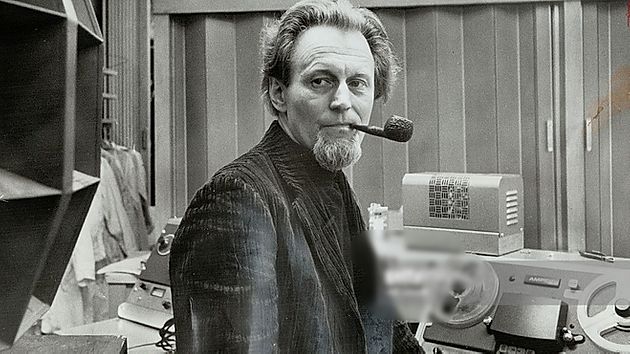
Udo Kasemets (November 16, 1919 – January 19, 2014) was an Estonian-born Canadian composer of orchestral, chamber, vocal, piano and electroacoustic works. He was one of the first composers to adopt the methods of John Cage, and was also a conductor, lecturer, pianist, organist, teacher and writer.
Kasemets was born in Tallinn, Estonia, and trained at the Tallinn Conservatory and the Akademie der Musik in Stuttgart. In 1950, he attended the Kranichstein Institut für neue Musik in Darmstadt, where he became familiar with the music and philosophies of Ernst Krenek, Hermann Scherchen and Edgard Varèse. He emigrated to Canada in 1951, and became a Canadian citizen in 1957.
From the 1950s, Kasemets was active in Hamilton, Ontario and Toronto, Ontario in Canada. He taught at the Royal Hamilton College of Music and served as conductor of the Hamilton Conservatory Chorus, until 1957. He was music critic for the Toronto Daily Star 1959–63 and taught at the Brodie School of Music and Modern Dance 1963–67.
In 1962–63, he organized Toronto’s first new music series Men, Minds and Music, and established the Isaacs Gallery Mixed Media Concerts. In 1968, he directed the first Toronto Festival of Arts and Technology entitled SightSoundSystems and founded and edited a new music publication series, Canavangard. In 1971, Kasemets joined the Faculty of the Department of Experimental Art at the Ontario College of Art, where he taught until retiring in 1987.
Kasemets significant influences include Erik Satie, Marcel Duchamp, James Joyce, John Cage, James Tenney, Morton Feldman, Merce Cunningham and Buckminster Fuller. Other strong influences especially evident in his later work include; the Chinese I Ching and Fractal music.
Kasemets lived in Toronto, Ontario.
(source: Wikipedia)
